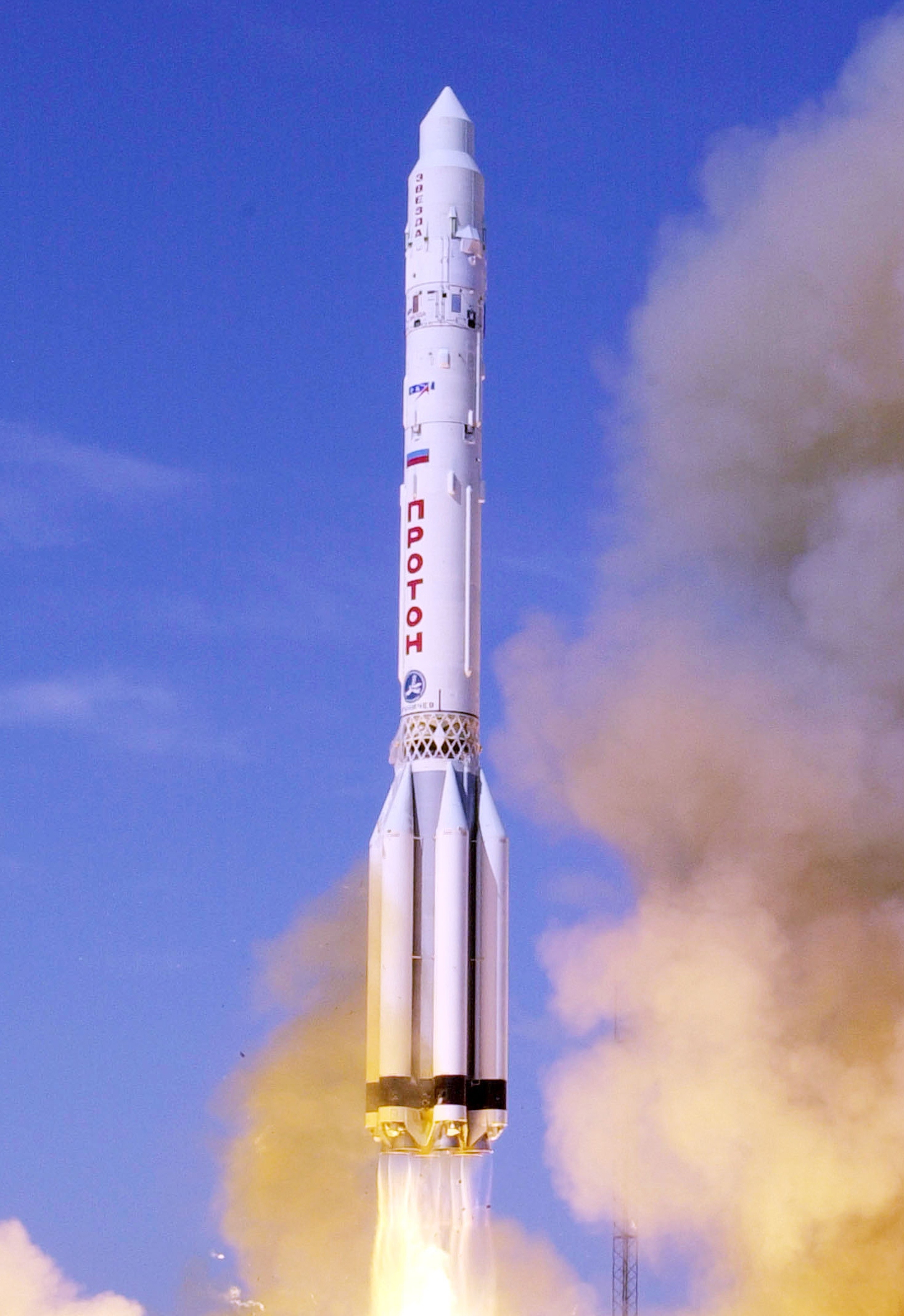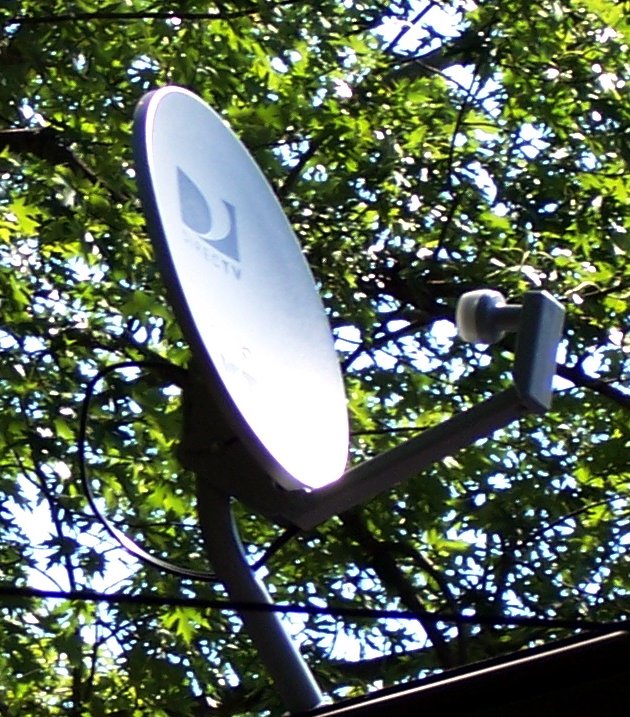|
Space Traffic Management
Space traffic management is defined by the International Academy of Astronautics (IAA) as "the set of technical and regulatory provisions for promoting safe access into outer space, operations in outer space and return from outer space to Earth free from physical or radio-frequency interference." Space traffic includes launch vehicles, as well as orbiting objects such as satellites of all sizes and the International Space Station. Space debris risk mitigation is major concern, due to the fact that collision with space debris can destroy vehicles and other space assets. Policy Making Policy making can be performed on a different scales on a national level and on an international level, to establish international cooperation that will coordinate the activities of all nations to avoid collision, space debris, and the loss of space assets and services. The United Nations bureau most concerned with space traffic management is the United Nations Office for Outer Space Affairs (UNOOSA). ... [...More Info...] [...Related Items...] OR: [Wikipedia] [Google] [Baidu] |
International Academy Of Astronautics
The International Academy of Astronautics (IAA) is an independent non-governmental organization established in Stockholm ( Sweden) on August 16, 1960, by Dr. Theodore von Kármán, and recognized by the United Nations in 1996. The IAA has elected members from all over the world. Since 1960, the IAA has brought together the world’s foremost experts in the disciplines of astronautics on a regular basis: * to recognize the accomplishments of their peers, * to explore and discuss cutting-edge issues in space research and technology, and * to provide direction and guidance in the non-military uses of space and the ongoing exploration of the solar system. The IAA is involved in numerous scientific activities. For example, the Academy: * Encourages international scientific cooperation through conferences, symposia and meetings in the area of: space sciences, space life sciences, space technology & system development, space systems operations & utilization, space policy, law & econo ... [...More Info...] [...Related Items...] OR: [Wikipedia] [Google] [Baidu] |
Galileo (satellite Navigation)
Galileo is a global navigation satellite system (GNSS) that went live in 2016, created by the European Union through the European Space Agency (ESA), operated by the European Union Agency for the Space Programme (EUSPA), headquartered in Prague, Czech Republic, with two ground operations centres in Fucino, Italy, and Oberpfaffenhofen, Germany. The €10 billion project is named after the Italian astronomer Galileo Galilei. One of the aims of Galileo is to provide an independent high-precision positioning system so European political and military authorities do not have to rely on the US GPS, or the Russian GLONASS systems, which could be disabled or degraded by their operators at any time. The use of basic (lower-precision) Galileo services is free and open to everyone. A fully encrypted higher-precision service is available for free to government-authorized users. Galileo is intended to provide horizontal and vertical position measurements within 1 m precision. Galileo is al ... [...More Info...] [...Related Items...] OR: [Wikipedia] [Google] [Baidu] |
United States House Committee On Science, Space, And Technology
The Committee on Science, Space, and Technology is a committee of the United States House of Representatives. It has jurisdiction over non-defense federal scientific research and development. More specifically, the committee has complete jurisdiction over the following federal agencies: NASA, NSF, NIST, and the OSTP. The Committee also has authority over R&D activities at the Department of Energy, the EPA, FAA, NOAA, the DOT, the NWS, the DHS and the U.S. Fire Administration. History In the wake of the Soviet Sputnik program in the late 1950s, Congress created the Select Committee on Astronautics and Space Exploration in 1958, chaired by majority leader John William McCormack. This select committee drafted the National Aeronautics and Space Act that created the National Aeronautics and Space Administration (NASA). A staff report of the committee, the ''Space Handbook: Astronautics and its Applications'', provided non-technical information about spaceflight to U.S. policy ma ... [...More Info...] [...Related Items...] OR: [Wikipedia] [Google] [Baidu] |
Space Policy
Space policy is the political decision-making process for, and application of, public policy of a state (or association of states) regarding spaceflight and uses of outer space, both for civilian (scientific and commercial) and military purposes. International treaties, such as the 1967 Outer Space Treaty, attempt to maximize the peaceful uses of space and restrict the militarization of space. Space policy intersects with science policy, since national space programs often perform or fund research in space science, and also with defense policy, for applications such as spy satellites and anti-satellite weapons. It also encompasses government regulation of third-party activities such as commercial communications satellites and private spaceflight. Space policy also encompasses the creation and application of space law, and space advocacy organizations exist to support the cause of space exploration. Space law Space law is an area of the law that encompasses national and in ... [...More Info...] [...Related Items...] OR: [Wikipedia] [Google] [Baidu] |
Space Advocacy
Space advocacy is supporting or advocating for a human use of outer space. Purposes advocated can reach from space exploration, or commercial use of space to even space settlement. There are many different individuals and organizations dedicated to space advocacy. They are usually active in educating the public on space related subjects, lobbying governments for increased funding in space-related activities or supporting private space activities. They also recruit members, fund projects, and provide information for their membership and interested visitors. They are sub-divided into three categories depending on their primary work: practice, advocacy, and theory. History The idea that space flight was possible and necessary was introduced by groups of thinkers, primarily members of the Russian, American, British, and German science communities, who formed in the 1920s the first advocacy groups. Starting in the 1930s, these groups began to share their individual plans for a fu ... [...More Info...] [...Related Items...] OR: [Wikipedia] [Google] [Baidu] |
Politics Of The International Space Station
Politics of the International Space Station have been affected by superpower rivalries, international treaties and funding arrangements. The Cold War was an early factor, overtaken in recent years by the United States' distrust of China. The station has an international crew, with the use of their time, and that of equipment on the station, being governed by treaties between participant nations. Usage of crew and hardware There is no fixed percentage of ownership for the whole space station. Rather, Article 5 of the IGA sets forth that ''each partner shall retain jurisdiction and control over the elements it registers and over personnel in or on the Space Station who are its nationals''. Therefore, for each ISS module only one partner retains sole ownership. Still, the agreements to use the space station facilities are more complex. The station is composed of two sides: the Russian Orbital Segment (ROS) and U.S. Orbital Segment (USOS). * Russian Orbital Segment (mostly Russ ... [...More Info...] [...Related Items...] OR: [Wikipedia] [Google] [Baidu] |
Outer Space Treaty
russian: link=yes, Договор о космосе es, link=yes, Tratado sobre el espacio ultraterrestre , long_name = Treaty on Principles Governing the Activities of States in the Exploration and Use of Outer Space, including the Moon and Other Celestial Bodies , image = Outer Space Treaty parties.svg , caption = , image_width = 350px , type = , date_drafted = , date_signed = 27 January 1967 , location_signed = London, Moscow and Washington, D.C. , date_sealed = , date_effective = , condition_effective = 5 ratifications, including the depositary Governments , date_expiration = , signatories = , parties = 112 , depositor = Governments of the United Kingdom of Great Britain and Northern Ireland, the Union of Soviet Socialist Republics and the United States of America , languages = English, French, Russian, Spanish and Chinese , ... [...More Info...] [...Related Items...] OR: [Wikipedia] [Google] [Baidu] |
NewSpace
Private spaceflight is spaceflight or the development of spaceflight technology that is conducted and paid for by an entity other than a government agency. In the early decades of the Space Age, the government space agencies of the Soviet Union and United States pioneered space technology in collaboration with affiliated design bureaus in the USSR and private companies in the US, entirely funding both the development of new spaceflight technologies and the operational costs of spaceflight. The European Space Agency was formed in 1975, largely following the same model of space technology development. However, Arianespace became the world's first commercial launch service provider in the early 1980s. Later on, large defense contractors began to develop and operate space launch systems, derived from government rockets. Private spaceflight in Earth orbit includes communications satellites, satellite television, satellite radio, astronaut transport and sub-orbital and orbital spa ... [...More Info...] [...Related Items...] OR: [Wikipedia] [Google] [Baidu] |
Metalaw
Metalaw is “the entire sum of legal rules regulating relationships between different races in the universe.” It is a concept of space law closely related to the scientific Search for Extraterrestrial Intelligence (SETI). The idea is an elaboration of Immanuel Kant's Categorical imperative "Act only according to that maxim whereby you can at the same time will that it should become a universal law." Andrew Haley and the origin of Metalaw First articulated by attorney Andrew G. Haley in 1956, Metalaw was the term Haley coined to refer to his hypothesis regarding the proposed existence of fundamental legal precepts of theoretically universal application to all intelligences, both human and hypothesized intelligent extraterrestrial life. Writer Frank G. Anderson proposed that the definition be expanded to cover all intelligent species, extraterrestrial and terrestrial - which would include any/all intelligent animal life. In 1956, Haley first published an article entitled “ ... [...More Info...] [...Related Items...] OR: [Wikipedia] [Google] [Baidu] |
Institute Of Space And Telecommunications Law
The Institute of Space and Telecommunications Law (IDEST) was founded in 2000 under the initiative of professionals in the space and telecommunication sectors. The institute is attached to the Interdisciplinary College of Research at the University of Paris-Sud. IDEST is made up of a number of lecturers, professors, PhD students, and researchers under the control of a scientific counsel composed of renowned professors and key figures in the sectors involved. Dual expertise IDEST addresses all legal aspects linked to the use of outer space and space applications. The Institute also focuses on industrial cooperation, project finance, and the analysis of national space politics on the civil, commercial and military levels. IDEST also exercises its competences in the law of electronic communications domain, notably in terms of market regulation, the use of limited resources, the normalization of equipment and applications. Furthermore, the Institute also addresses issues related to ... [...More Info...] [...Related Items...] OR: [Wikipedia] [Google] [Baidu] |
Commercialization Of Space
Commercial use of space is the provision of goods or services of commercial value by using equipment sent into Earth orbit or outer space. This phenomenon – aka Space Economy (or New Space Economy) – is accelerating cross-sector innovation processes combining the most advanced space and digital technologies to develop a broad portfolio of space-based services. The use of space technologies and of the data they collect, combined with the most advanced enabling digital technologies is generating a multitude of business opportunities that include the development of new products and services all the way to the creation of new business models, and the reconfiguration of value networks and relationships between companies. If well leveraged such technology and business opportunities can contribute to the creation of tangible and intangible value, through new forms and sources of revenue, operating efficiency and the start of new projects leading to multidimensional (e.g. society, e ... [...More Info...] [...Related Items...] OR: [Wikipedia] [Google] [Baidu] |



